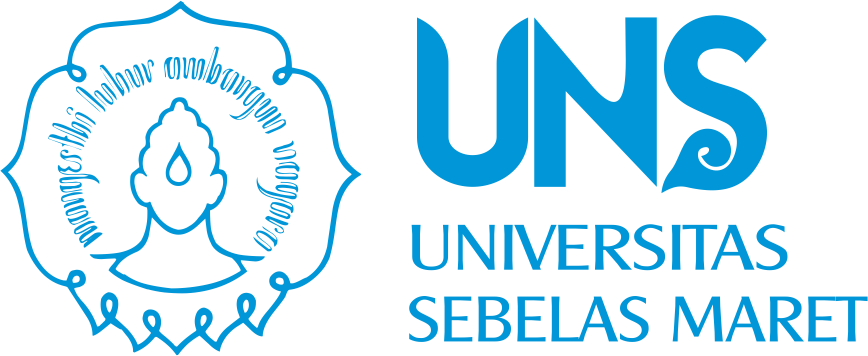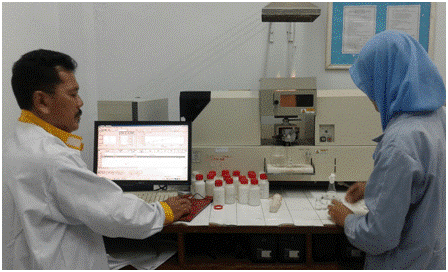Due to numerous factories around watershed area, the inhabitants living around the area become anxious about the waste and water pollution. Metal pollution discarded by the factory to the watershed is dangerous for the environment. Furthermore, the change of water quality standards for rivers caused by the waste is also dangerous if it is consumed by the people.
Because of those problems, Sugito conducted research on the processing of Chromium waste (Cr) using adsorbent roof-tile powder through column system. Sugito, the laboratory assistant of Sub-Laboratory of Chemistry UNS, said that Chromium (Cr) is used in industries and factories, for instance, paint industry, insecticide industry, fungicide, catalyst, photography and additive substance.
Human body tolerates the small number of Chromium metal for about 30 μg / kilogram of weight body. On the contrary, the number of Chromium metal which is more than 1,00 ppm in human body can cause acute poisoning.
Sugito chose roof-tile because the clay as the basic material is composed from silicate alumina compound whose particle is smaller than 2 μm. Clay contains silicate (SiO2), 61,43%, and Alumina (Al2O3), 18,99%. Natural clay is porous material so it can absorb and has ions exchangeable with the outer ones. In addition, clay has specific surface width and high porosity. Clay also has the plastic characteristics when it is smoothed and moistened, hard and stiff if it is dry, and vitreous if it is burned in high temperature.

Column filled with roof-tile powder. The longer the column is, the more effective the concentrate of metal Chrome (Cr) to decrease.
The result of Chromium (Cr) waste processing from the remainder of the COD test using adsorbent roof-tile powder through column system conducted by Sugito showed that Chromium (Cr) concentrate decreased to the limit of the quality standard of chrome in waste, which is 0,5 mg/L according to Provincial Regulation in Central Java on Quality Standard of Wastewater. The longer the column is, the more effective the concentration of metallic chromium (Cr) to decrease, and the smaller the roof-tile powder size, the more effective the concentration of metal chromium (Cr). For his research, Sugito was awarded as Outstanding Laboratory Assistant UNS 2016. The award was given by the Rector of UNS at the celebration of the Proclamation Day. [revita.red.uns.ac.id]


